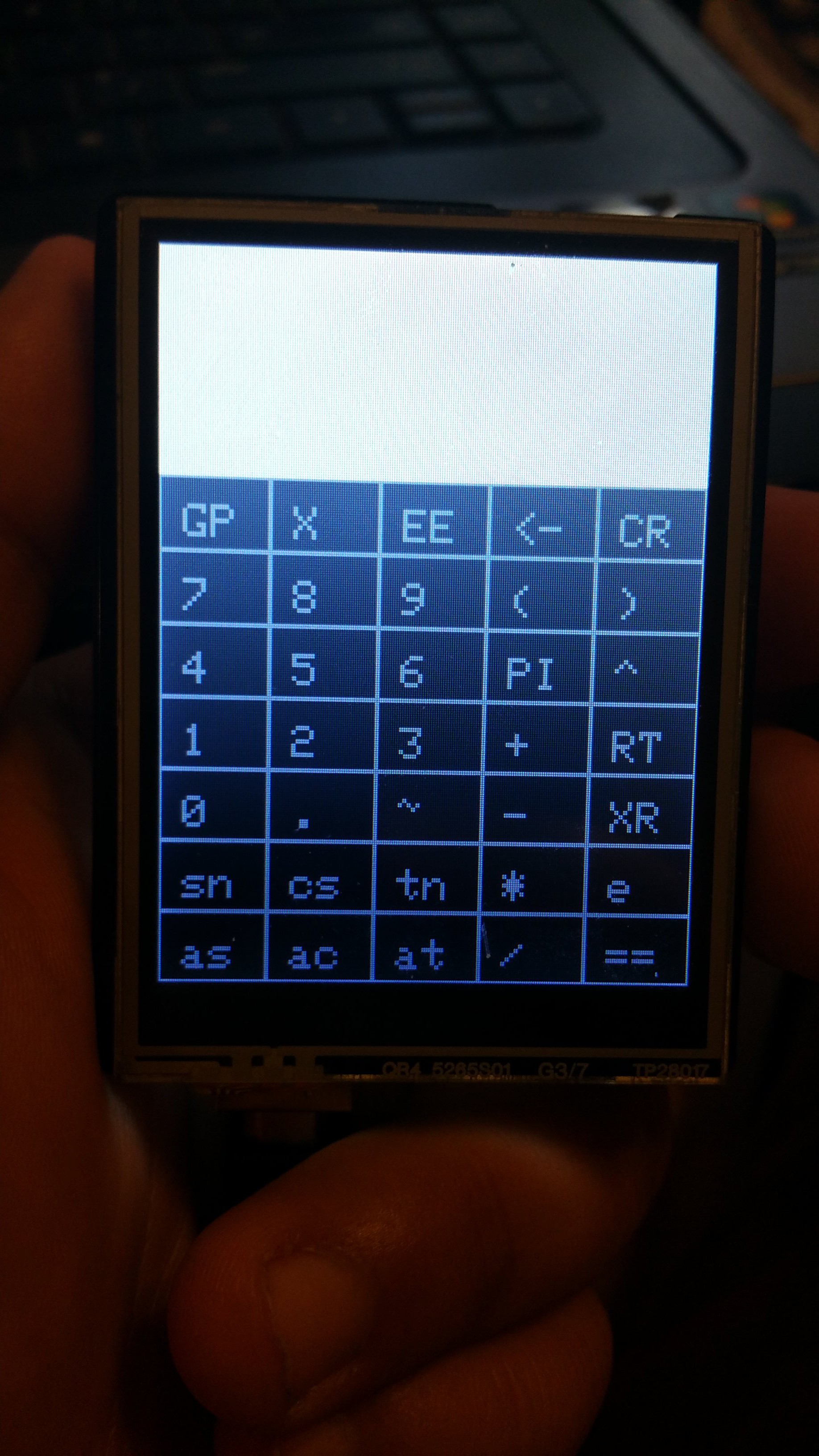

Template functions are useful for experimenting with differential forms. Solve for vector X in AX = B A = ((1,2),(3,4))ĭ(f(x,y),y) d(f (x, y), y) d(f(),t) d(f (), t)Īs the final example shows, an empty argument list causes d(f ) to always evaluate to itself, regardless of the second argument. For example, here is the previous script with the addition of trace = 1. When trace = 1 each line of the script is displayed as it is evaluated. Here is an example script that can be pasted into the script field and then run by clicking the Run button.Īfter clicking the Run button, the following result is displayed.Ī handy debugging aid is to include the line trace = 1 in the script. Scripts can be saved and loaded using the File menu. When the Run button is clicked, Eigenmath evaluates the script line by line.Īfter a script runs, all of its symbols are available for immediate mode calculation. Nothing happens until the Run button is clicked.

To create a script, enter one calculation per line in the script field. A script is entered in the left-hand field of the Eigenmath window. Scripting is a way of automatically running a sequence of calculations. The scope of function arguments is limited to the function definition. X = 123 - global x in use, need local x in P (The caller does not have to supply all the arguments.) The following example uses Rodrigues’s formula to compute an associated Legendre function of cos θ.įunction P below first computes P n m (x) for local variable x and then uses eval to replace x with f. If local symbols are needed in a function, they can be appended to arg-list. The following example defines a sinc function and evaluates it at π/2.Īfter a user function is defined, expr can be recalled using the binding function. Instead, expr is evaluated when function- name is used in a subsequent computation. Unlike symbol definitions, expr is not evaluated when function-name is defined. User functions are defined using the syntax function-name ( arg-list ) = expr where arg-list is a comma separated list of zero to nine symbols that receive arguments. There is also a facility for the user to define additional functions.
#Eigenmath 1.3 manual#
See the Reference section at the end of the manual for a complete list. Most of the functions commonly used in math and physics are included in Eigenmath. That is, the color blue indicates something that the user should type. The previous example shows a convention that will be used throughout this manual. To see the value of a symbol, just evaluate it. When a symbol is assigned a value, such as N above, no result is printed. Now let us compute the seventeenth root of this number. In the field shown below, enter 212^17Īfter pressing the return key, Eigenmath displays the following result. Let us compute 212 17 and check the result. Consider the following arithmetic from Vladimir Nabokov’s autobiography “Speak, Memory.”Ī foolish tutor had explained logarithms to me much too early, and I had read (in a British publication, the Boy’s Own Paper, I believe) about a certain Hindu calculator who in exactly two seconds could find the seventeenth root of, say, 352947114576027513 2301897342055866171392 (I am not sure I have got this right anyway the root was 212).


 0 kommentar(er)
0 kommentar(er)
